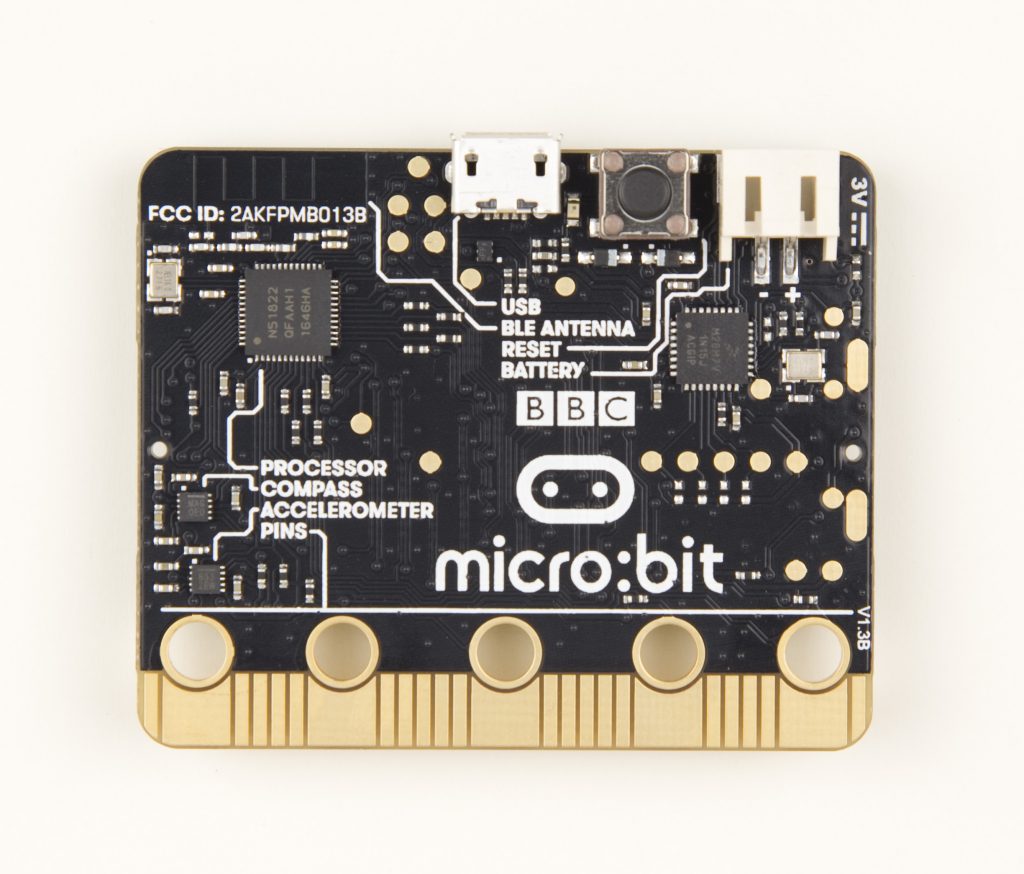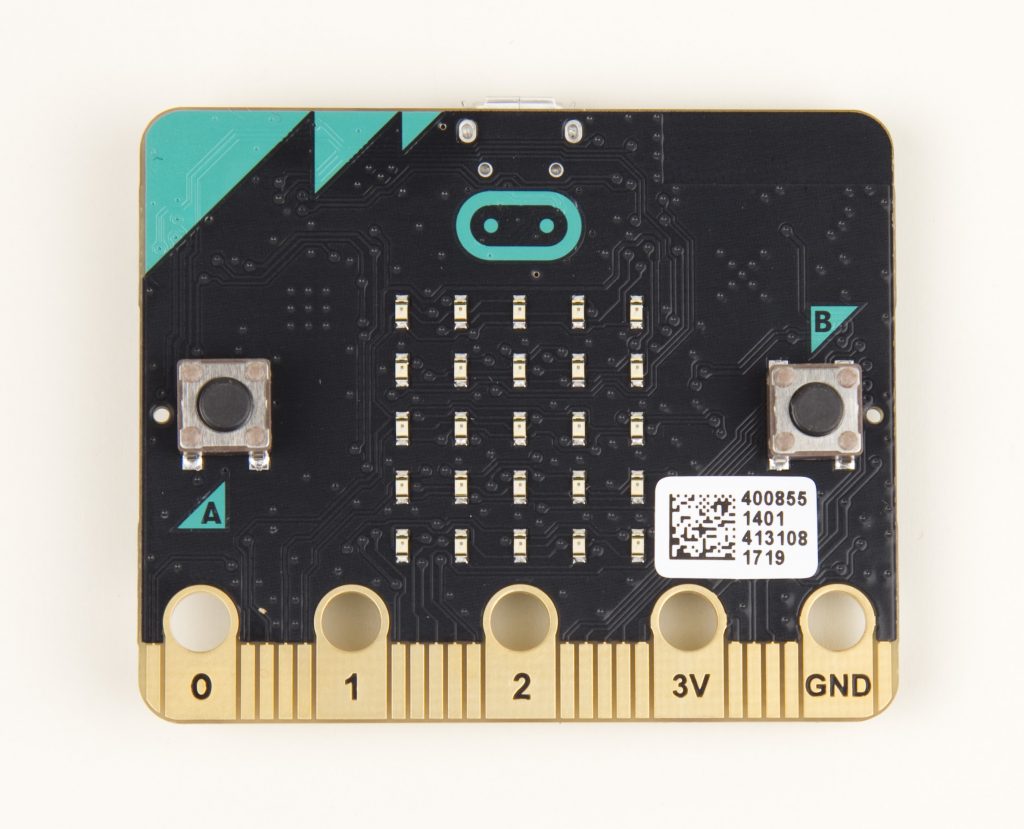bbc micro:bit – size of a credit card, actually even smaller
BBC has long history of developing cool things for computer education ! Back at the time, 35 years ago, they developed BBC Micro a small personal microcomputer for education ! And now they have it successor called BBC micro:bit. Funny thing is that processor power in micro:bit exceeds many time processor power in MMC Micro from 35 years ago and size not even a comparison 🙂
Here are the specs of BBC micro:bit
The size of the device: 43 mm × 52 mm
Nordic nRF51822 – 16 MHz 32-bit ARM Cortex-M0 microcontroller, 256 KB flash memory, 16 KB static ram, 2.4 GHz Bluetooth low energy wireless networking. The ARM core has the capability to switch between 16 MHz or 32.768 kHz.
NXP/Freescale KL26Z – 48 MHz ARM Cortex-M0+ core microcontroller, that includes a full-speed USB 2.0 On-The-Go (OTG) controller, used as a communication interface between USB and main Nordic microcontroller. This device also performs the voltage regulation from the USB supply (4.5-5.25V) down to the nominal 3.3 volts used by the rest of the PCB. When running on batteries this regulator is not used.
NXP/Freescale MMA8652 – 3-axis accelerometer sensor via I²C-bus.
NXP/Freescale MAG3110 – 3-axis magnetometer sensor via I²C-bus (to act as a compass and metal detector).[10]
MicroUSB connector, battery connector, 23-pin edge connector.
Display consisting of 25 LEDs in a 5×5 array.
Three tactile pushbuttons (two for user, one for reset).
Programming languages supported:
- JavaScript, CodeKingdome editor
- Blockly, Microsoft Block editor
- Microsoft TouchDevelop
- MicroPython.
Youtube video review:
High resolution images

Front of the micro:bit. All serious business located on this side

Back side. 25 LED array and 2 buttons are located here
